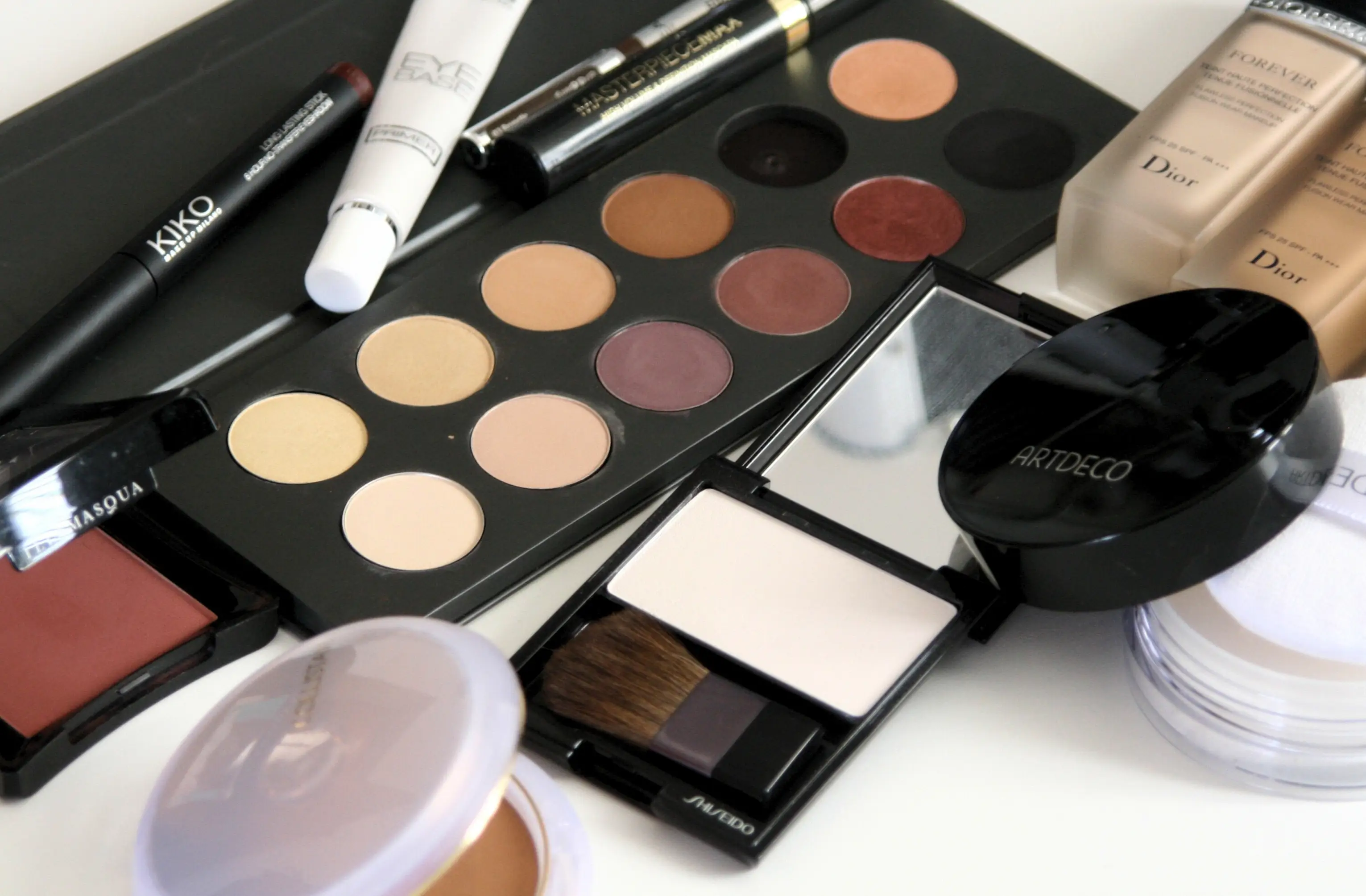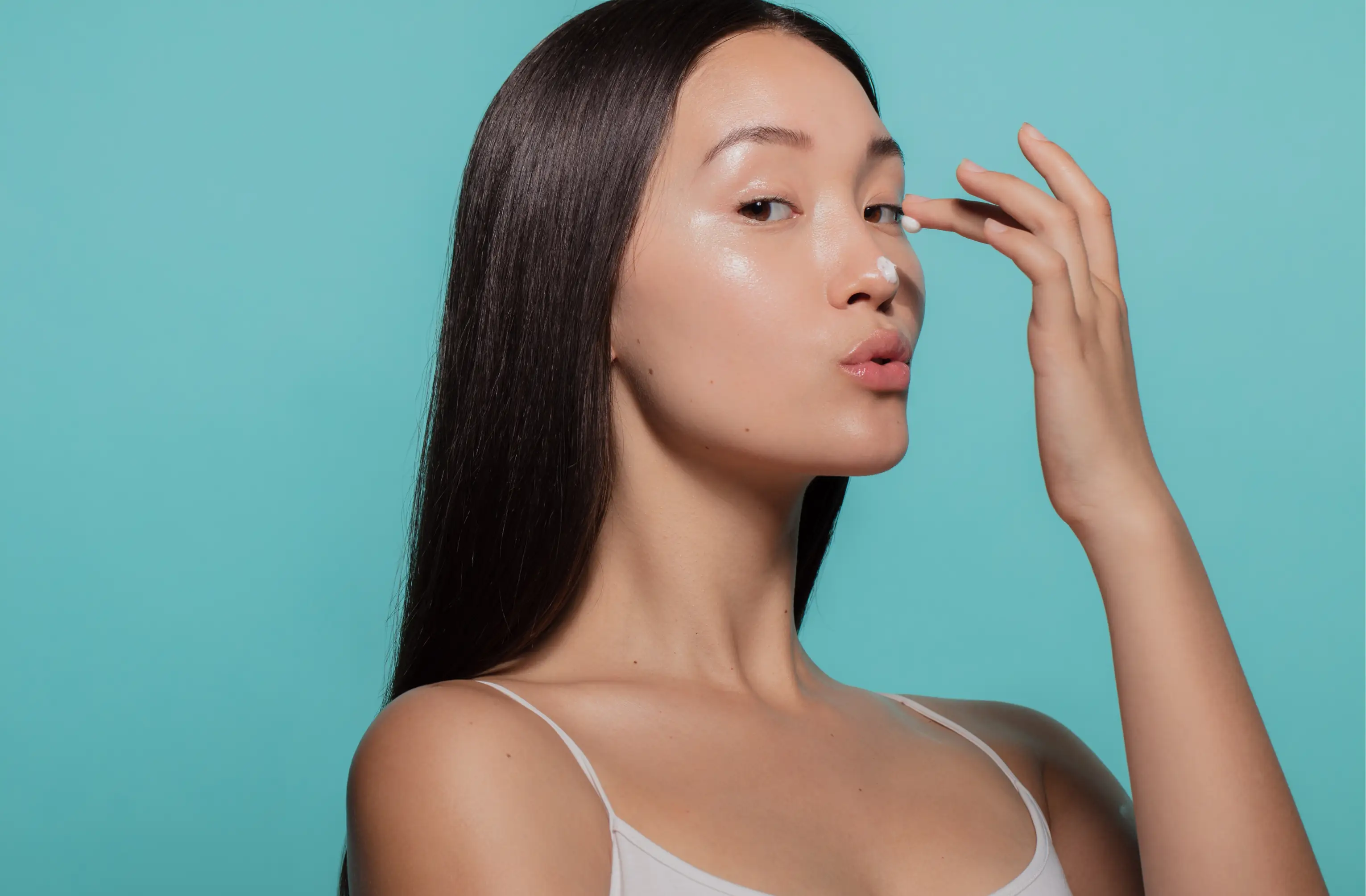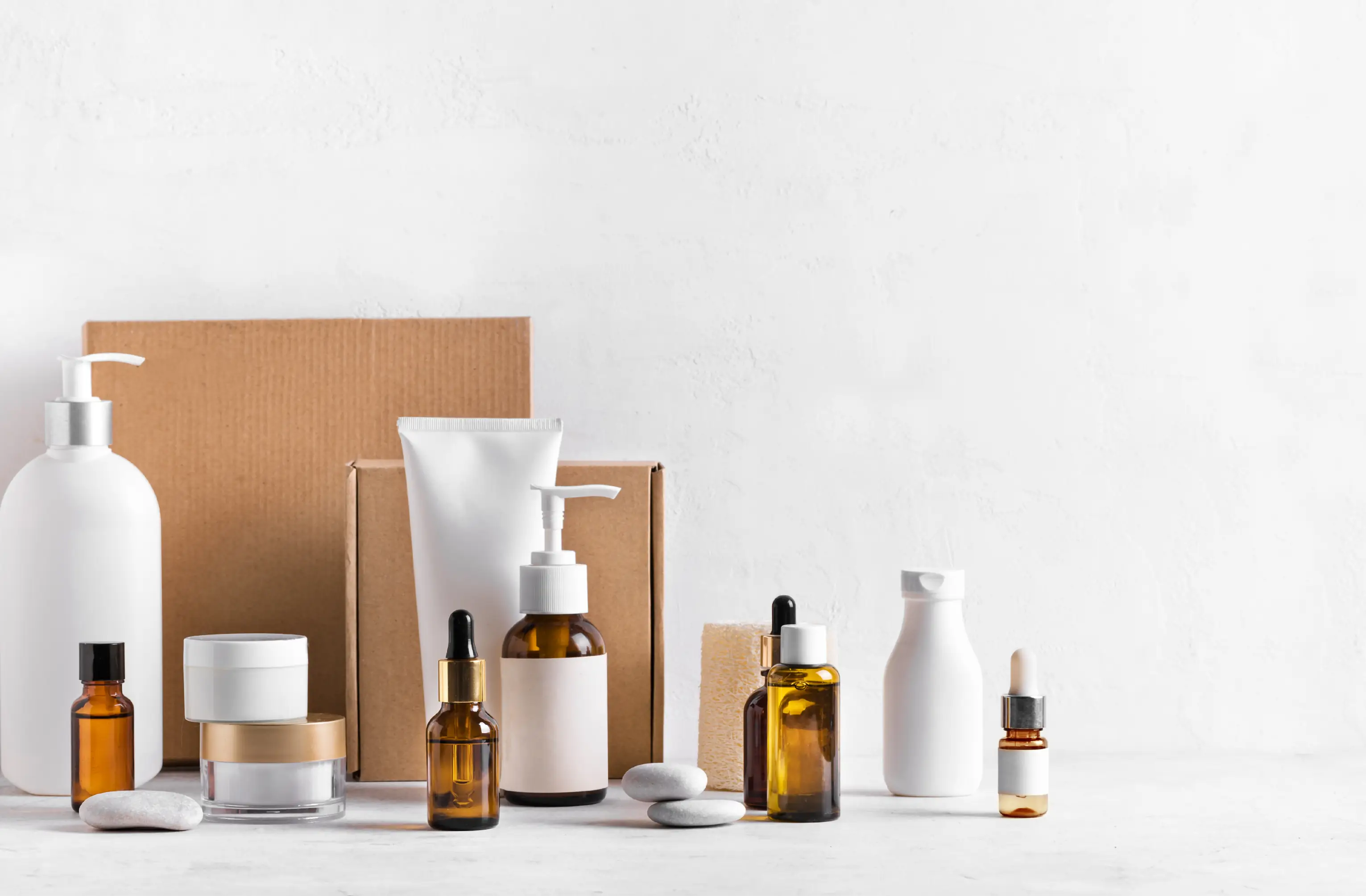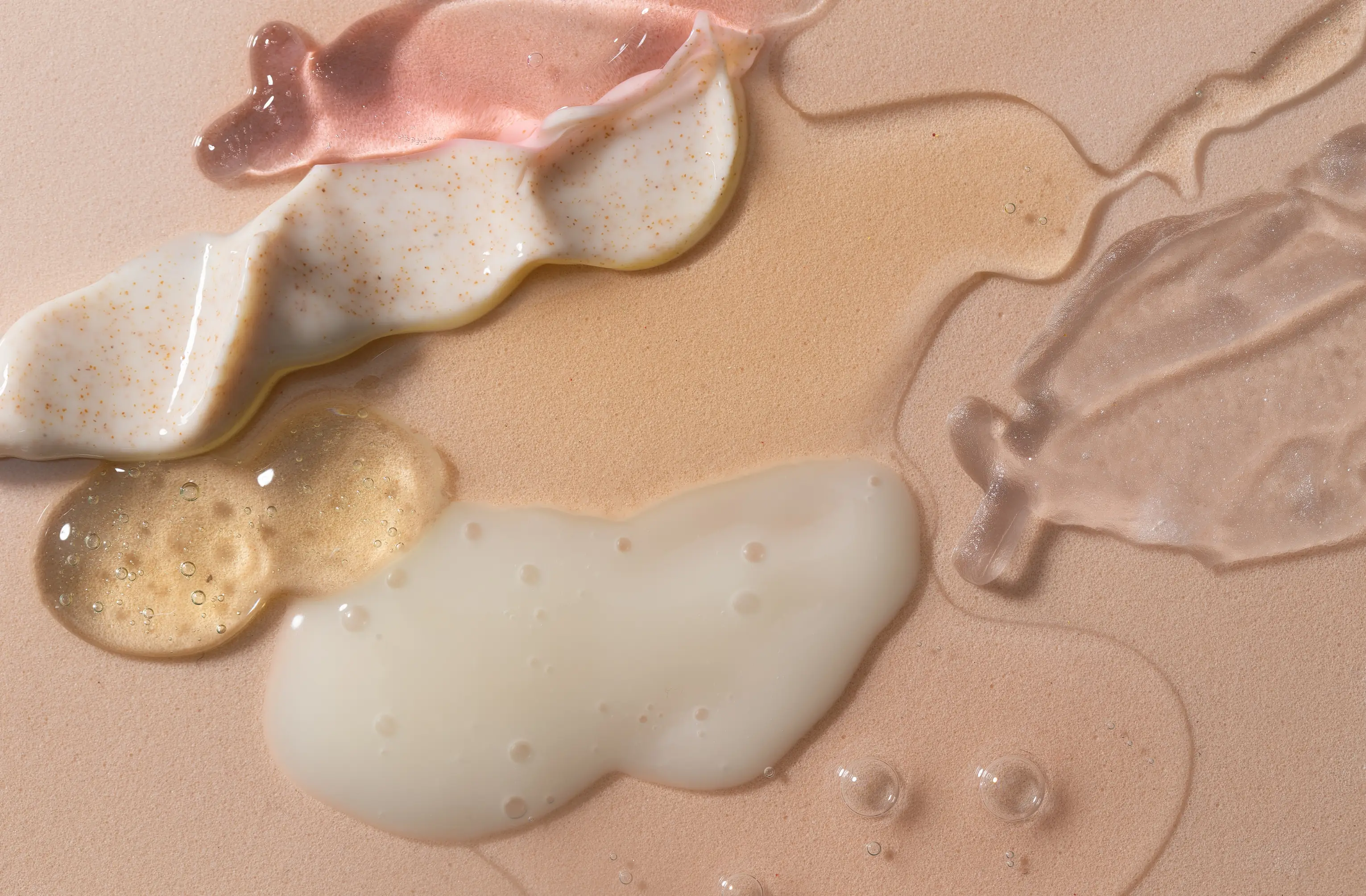
The
Cosmetify
Index
Q1 2025
Each quarter, Cosmetify analyses the top beauty brands by tracking their social following, engagement and number of Google searches.
Our Beauty Index blends cultural capital with cold, hard data to reveal which brands are leading the conversation across TikTok, Instagram, and beyond. We’ve collated data from the past 3 months to reveal which brands remain on top, the names shaking up the industry, as well as those falling down the ranks. Sol De Janeiro took the crown for hottest brand previously, coming in at first place on our 2024 Index, thanks to their viral body mists and fragrance-forward branding and launches. La Roche Posay dominated search volume, whilst Huda Beauty remained the undefeated social media following champion.
In the Q1 2025 leaderboard, we put a microscope on the industry to uncover the latest in beauty trends, analytics and developments as we close the first quarter of 2025—and cast an eye to the future of this year’s beauty.



